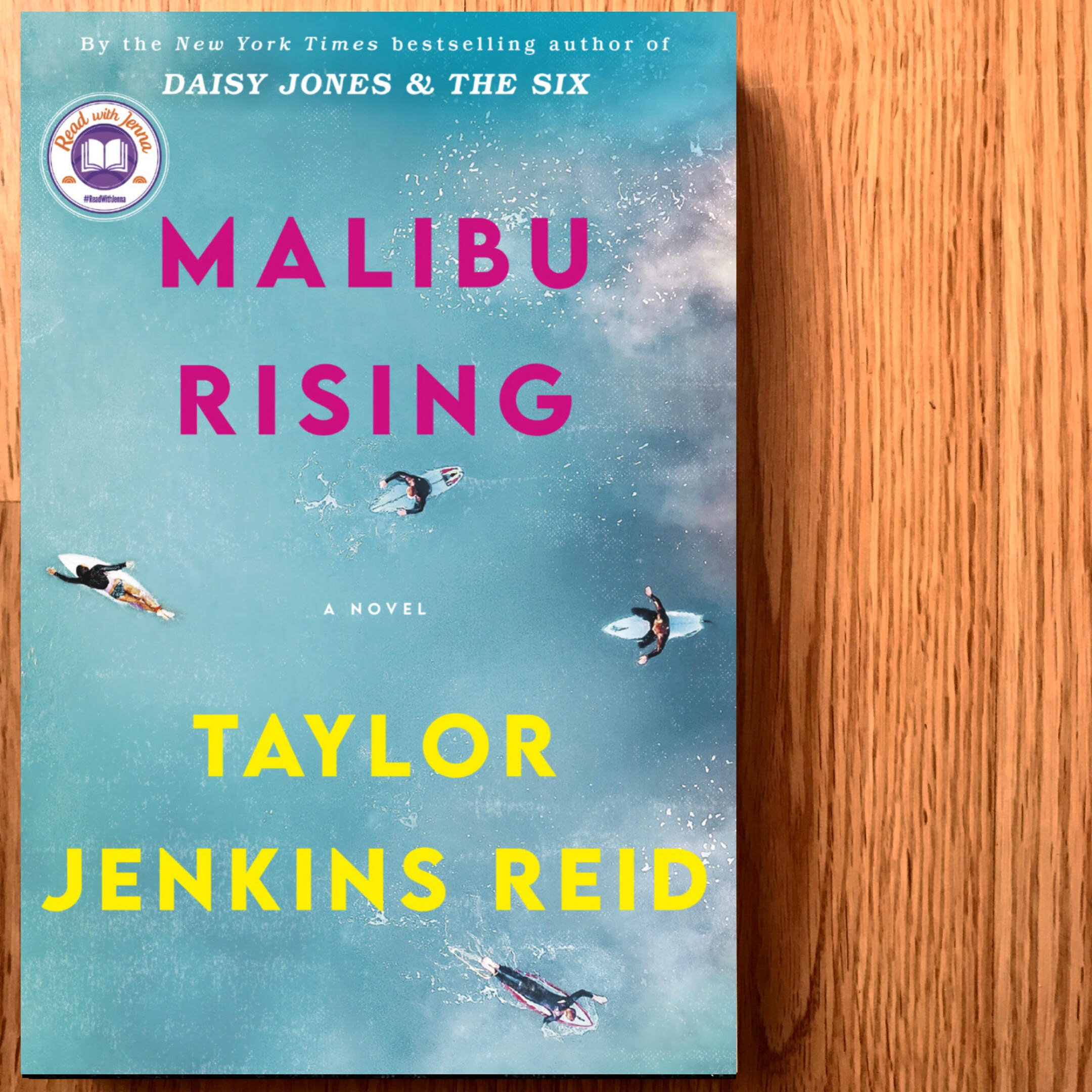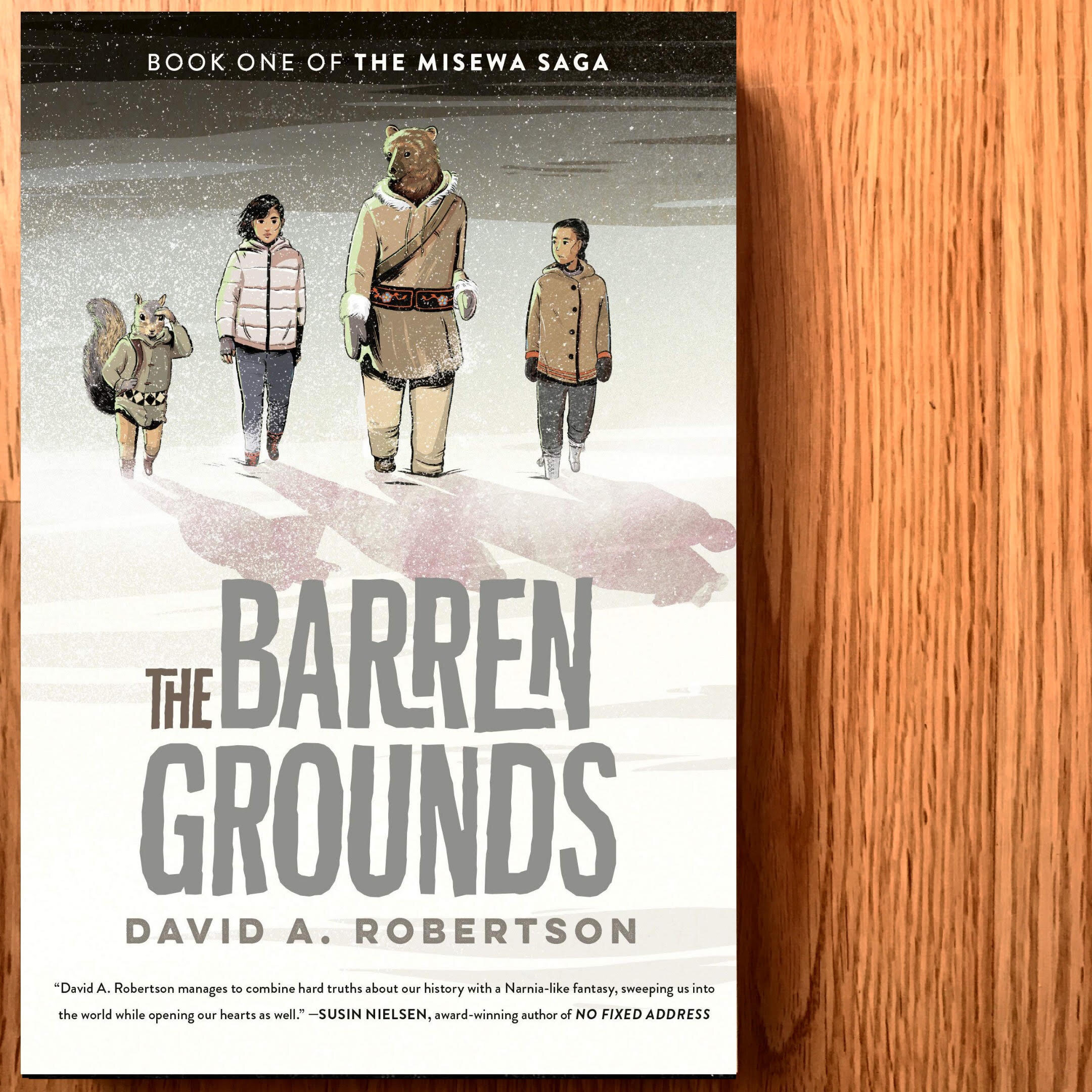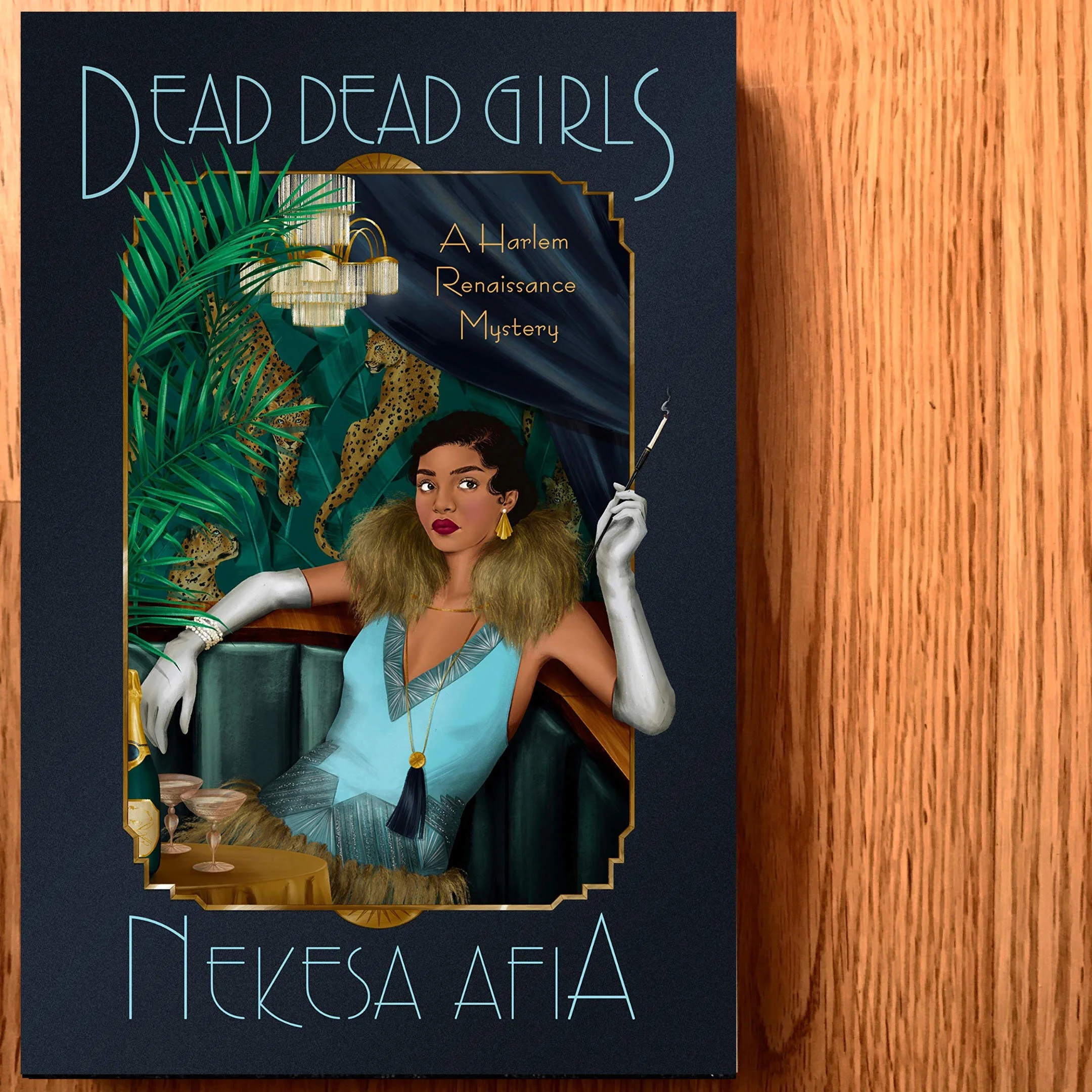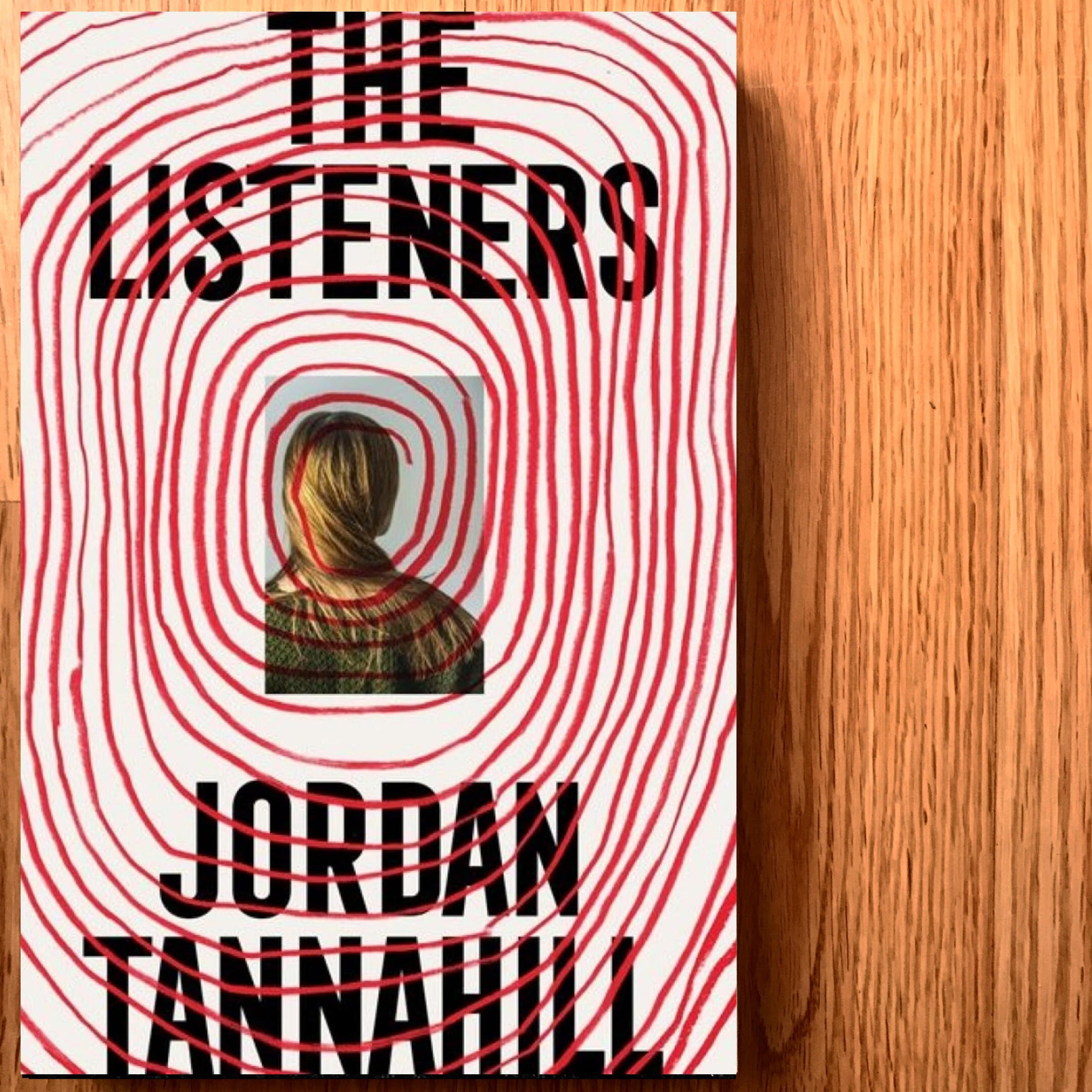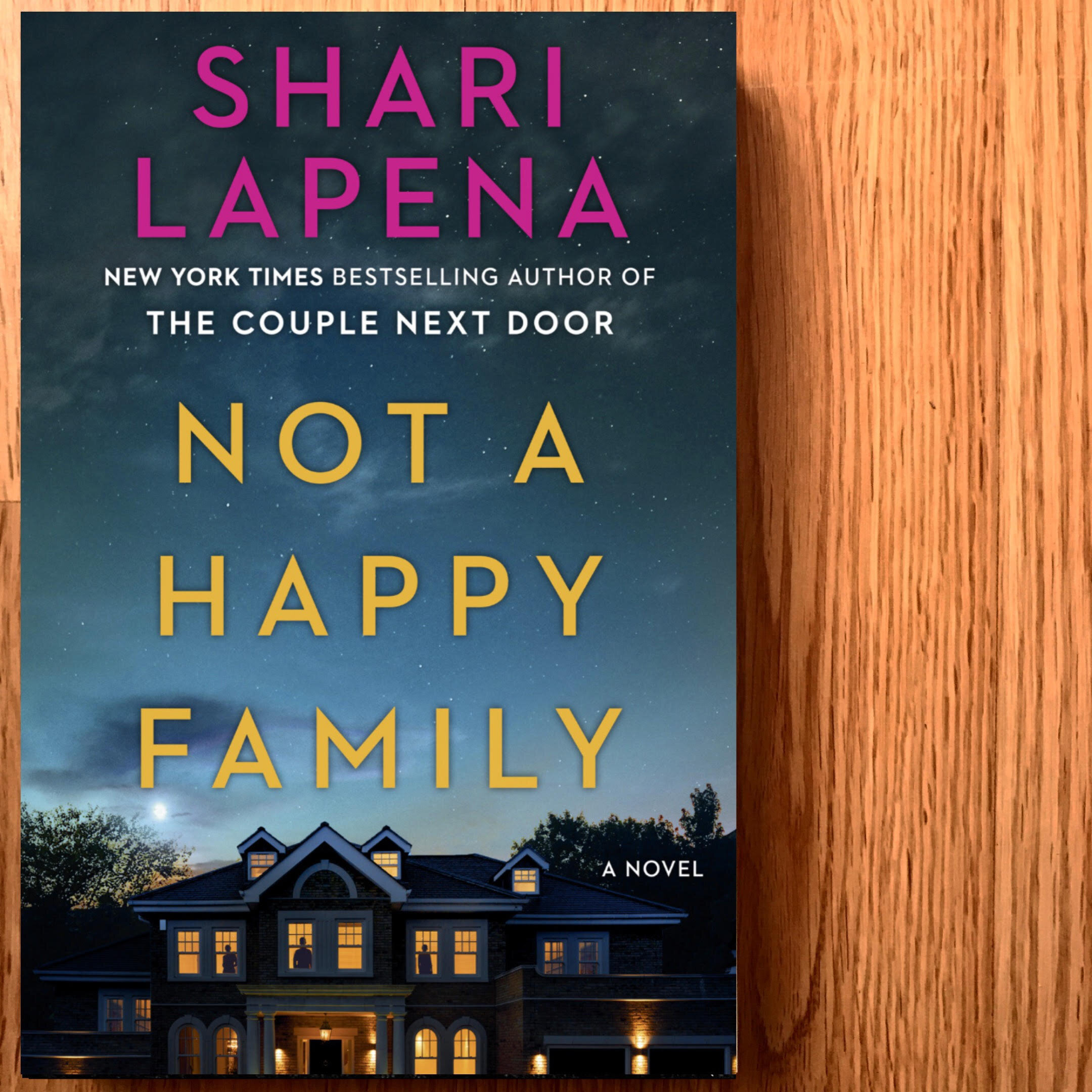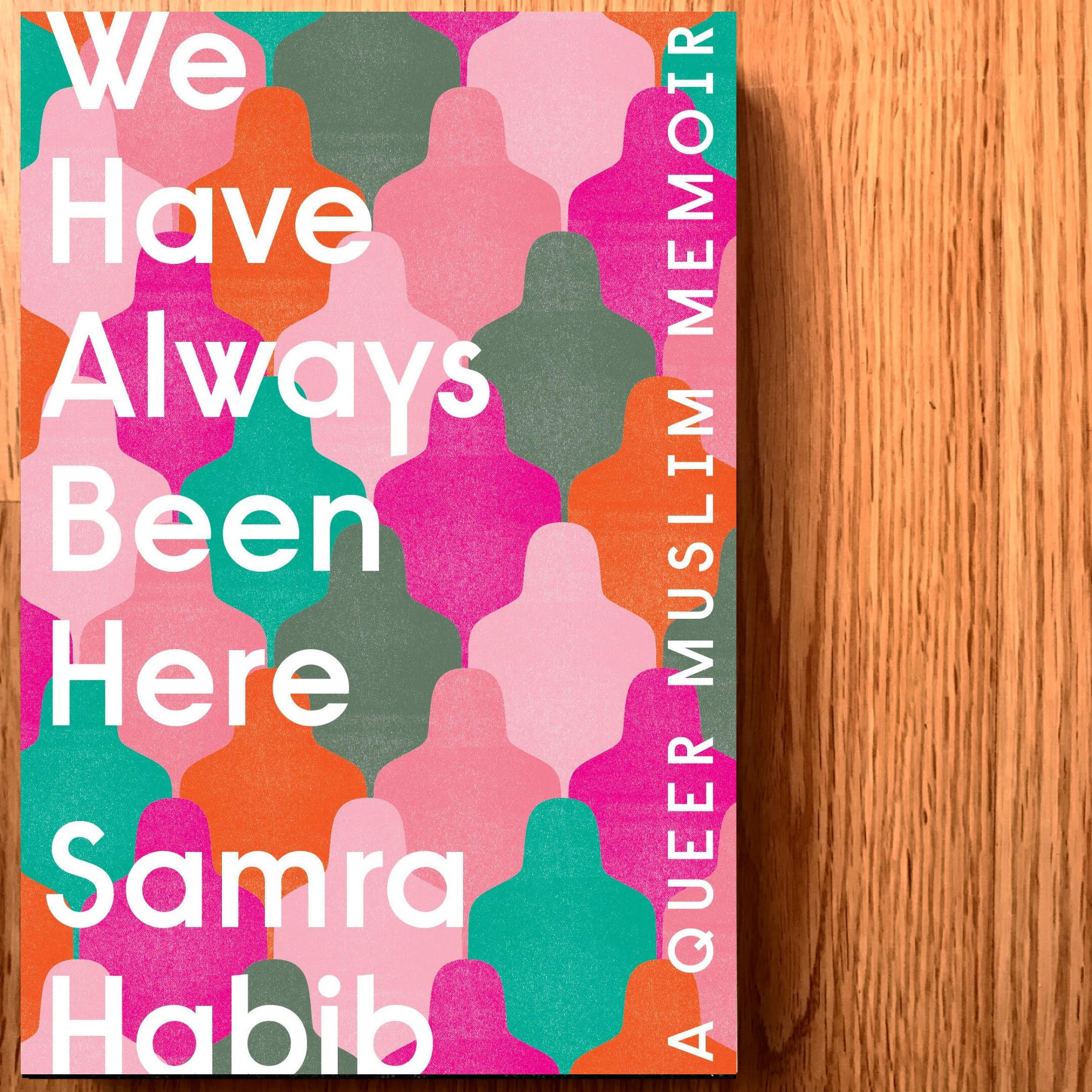By Kim McCullough
In June 2013, Pat Henman and her daughter Maia were travelling from Calgary to their home in Nelson, BC, when a drunk driver crossed the centre line of a single-lane highway and plowed into them. Henman and her daughter were both critically injured in the head-on crash, with Henman having to be resuscitated before making it to the hospital. Beyond the Legal Limit is an inspiring memoir that chronicles the trauma of Henman’s injuries and the healing that followed. It also delves into her experiences beyond the healthcare system into her struggles with the legal system and insurance industries.
As Henman writes, “Everything can change in the blink of an eye.” Even though the two women lived, nothing would ever be the same for Henman, her daughter, or the rest of their family after that day in June. She keeps the story her own, rarely sharing her daughter’s struggle to return to a normal life after devastating injuries. Henman’s memory of the hours before the crash is clear, but she has to rely on her daughter’s memory, witnesses at the scene, and RCMP, and first responder reports to put together the details of what happened on the highway that day.
Henman’s experiences with the healthcare system are described clinically—detailed and clear, and told with grace. She is aware that she was, understandably, not the easiest of patients, and she addresses her frustrations with a grateful nod to the doctors and nurses who did their best to care for her during her many procedures and the setbacks that followed.
There is a sense of careful fury surrounding the parts of the memoir that discuss the young woman who got behind the wheel drunk. Henman is unflinching in both her opinions and her depiction of the terrible choices the woman made, but she is respectful, too. She doesn’t name the driver and tries to imagine what she was thinking, not only on the day of the accident but at the courthouse and later when she sends a letter to Henman.
Henman’s anger reaches beyond the drunk driver to a legal system steeped in a process that sidelines victims of crimes and an insurance industry that is more concerned with avoiding responsibility than doing what is right.
Throughout the legal process, Henman is supported by Mothers Against Drunk Drivers (MADD). MADD provides information and context for what happens in the courtroom; they are invaluable in helping Henman’s family navigate an impersonal and blind justice system.
Beyond the Legal Limit is a detailed, engaging look at a survivor’s arduous emotional and physical recovery from the aftermath of a stranger’s poor decision to drink and drive. Henman’s memoir carries a brutal reminder of the way chance and choice collide, but in the end, it is a compelling story of perseverance, passion for a cause, and the deep love of family.
Thank you, Pat Henman, for the complimentary copy in exchange for an honest review.



